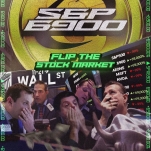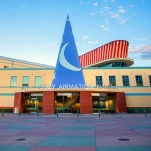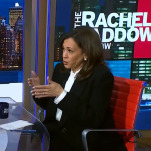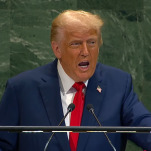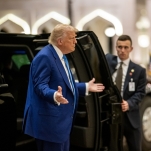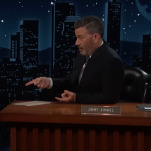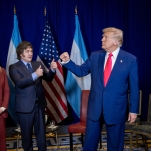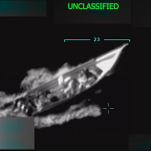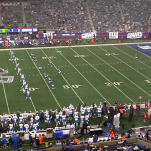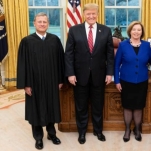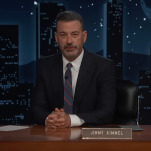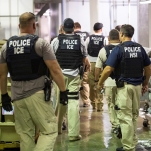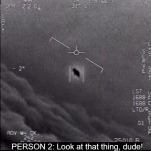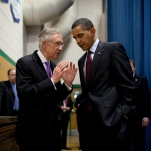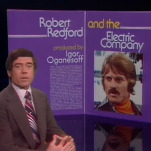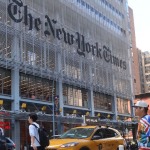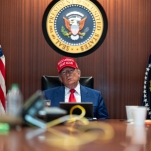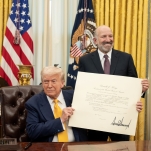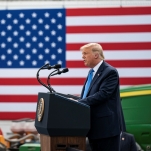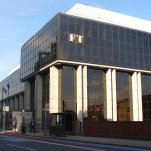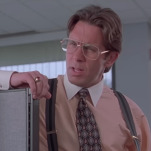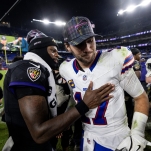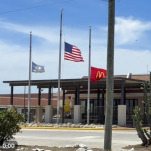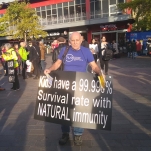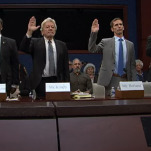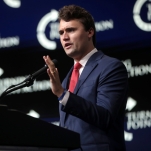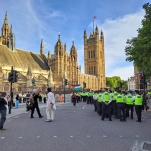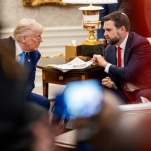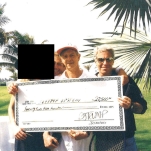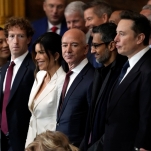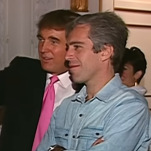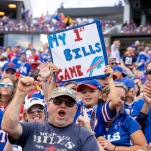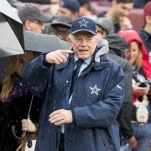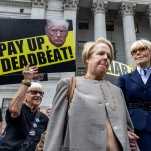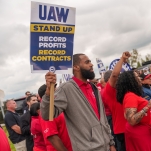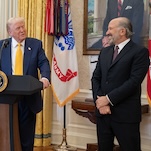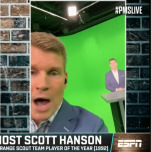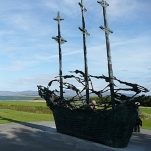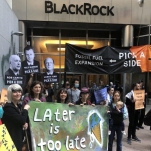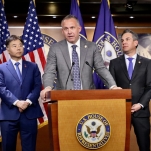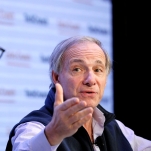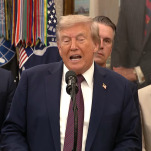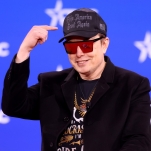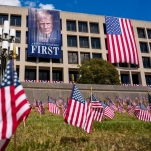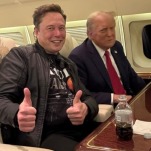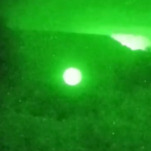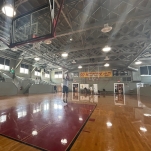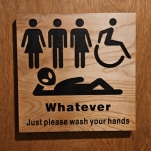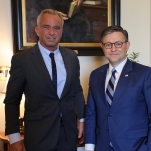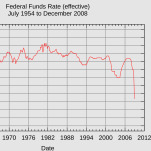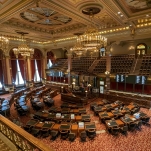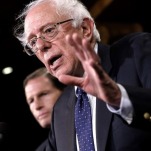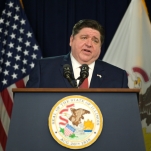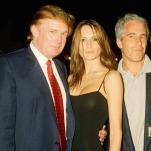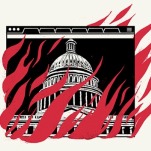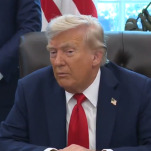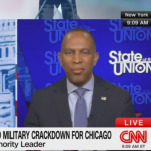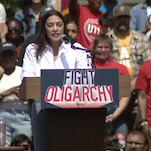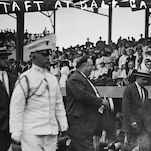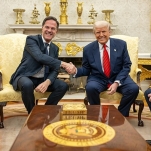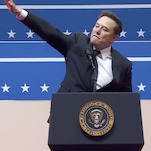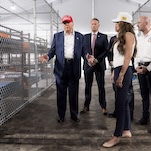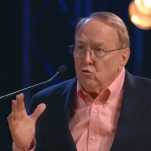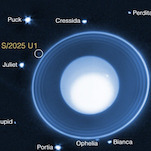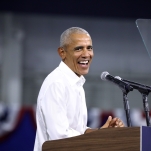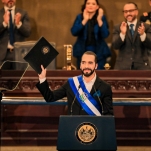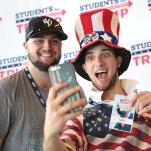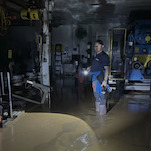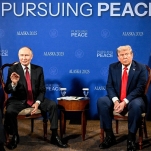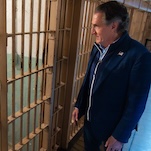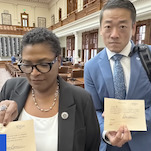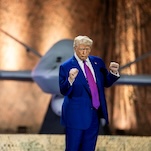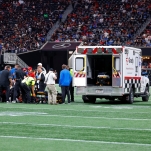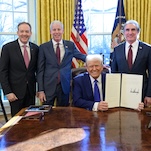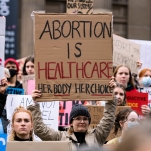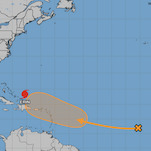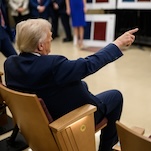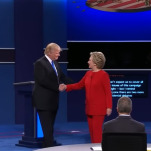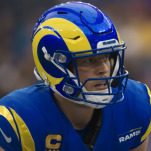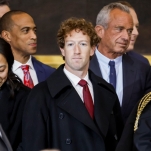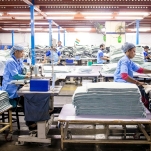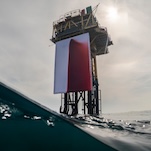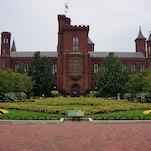This 50-year-old app foretold the future of dating and socializing online
Valentine’s Day is creeping up on us. For those happily coupled, it means stressing out over planning the perfect date. For the rest of us, it’s an annual reminder that we have not yet found the love of our lives. In the pre-digital age, the search for love involved countless nights scouting potential mates in bars, hoping Ms. or Mr. Right would shimmy up to you at a coffee shop, or praying a friend with mad matchmaking skills would send you out on the perfect blind date. Every time you left your house was like going on safari. Sometimes you’d spot something interesting. Sometimes you wouldn’t.
Then the grand-daddy of online-dating sites, Match.com, came along, followed by Tinder, Hinge, The League and OkCupid, to help the relationship-challenged find love in a less random way. Enter dating in the internet age, where the hunting could be done from the comfort of your own bed while streaming Netflix, thanks to algorithms that pre-sorted your would-be partners for you! Futuristic computer yentas had arrived; it was a dream come true, right!!?
In today’s Futures Past, we’re looking at the 1960s start-up that paved the way for love by swipe. In 1965, “Operation Match” sprung into life at Harvard to help pair up college coeds, and it foretold the future of dating and business on the web.
What Tinder and Hinge are to the smartphone, Operation Match was to the mainframe. The service, created by Harvard undergraduates, was one of the first computer-dating apps. It was powered by a 50-ton behemoth of a machine called the IBM 1401, one of the first mass-market computers, that the undergraduates rented from a service bureau in Wilmington. (Fittingly, the development of the 1401 was spurred by a first-of-its-kind mainframe made in France, land of lovers.)
Instead of swiping left or right, the coeds answered 75 questions about themselves and 75 others about their ideal date. (Attention spans weren’t on the decline back then, it seems). According to the Boston Globe, they mailed in the questionnaire and some poor lady secretaries transferred all of those answers to punch cards, the analog equivalent of floppy disks or CDs. A massive computer then read the punch cards, sorted candidates by things like age, location, height, and religion, and six weeks later, spat out a printed list of matches, plus phone numbers, addresses, and class years. Most people got about 6, but others got up to 100 — all for just $3, or the equivalent of $22 today, a small fortune by today’s freemium standards. Recipients then decided whether the computer’s choices were worth contacting or not. Sound familiar?
Operation Match was the brainchild of three Harvard dudes — Jeff Tarr, Dave Crump, Vaughan Morrill — and a friend from Cornell, Douglas Ginsburg. They were sick of coming home dateless after mixers with girls from Radcliffe. So they decided to build a company dubbed Compatibility Research to put computers to the task of narrowing down the pool of potential dates, with data. At the time, the Boston Globe’s Timothy Leland wrote that Tarr was “masterminding the cleverest business enterprise since J.D. Rockefeller invested in oil.”
At its peak, the company was bringing in roughly $270,000 in profits, or $2 million in today’s dollars. The service became so popular that it spawned talks of movie and sitcom spinoffs. Operation Match preceded the modern internet, which was really what made computer-assisted dating a social phenomenon, but Leland’s intuition was spot-on. Today, the online dating market is a $2-billion industry, according to the Fiscal Times. Maybe not quite Rockefeller proportions, but online social networking is a huge market today. In some ways, it’s the basis of our modern economy.
-

-

-

-

-

-

-

-

-

-

-

-

-

-

-

-

-

-

-

-

-

-

-

-

-

-

-

-

-

-

-

-

-

-

-

-

-

-

-

-

-

-

-

-

-

-

-

-

-

-

-

-

-

-

-

-

-

-

-

-

-

-

-

-

-

-

-

-

-

-

-

-

-

-

-

-

-

-

-

-

-

-

-

-

-

-

-

-

-

-

-

-

-

-

-

-

-

-

-

-

-

-

-

-

-

-

-

-

